Price Match
Now via Live Chat
Whether nipping to the shops for a pint of milk or setting off on an epic 3 week Euro Show road trip adventure, what spares or kit do you carry for your Classic VW?
So come on admit it, we’ve all been there, despite regularly servicing and maintaining our VDub’s, at some point our trusty steeds throw their toys out the pram least when we are expecting it and you’re sat on the hard shoulder waiting hours for the chariot of shame (or fuel saver depending how you look at it if you’re a regular?).
9 times out of 10 it’s something silly, you kick yourself you don’t have it with you, a £5 accelerator cable, a £4 set of points, a £2.50 spark plug or even a 30p fuse that’s now between you and your weekend away or road trip destination, so frustrating!
We’re determined to end this holiday/weekend time robbing lunacy with our TOP 10 ESSENTIAL SPARES BOX – Don’t leave home without them!
Hopefully you’ll never have to use them, but if you do, you can have your own “hold my beer” moment (of course you won’t be drinking and driving), or even better, be that legend that fixes your mate’s car when they break down and you come to the rescue.

Don’t forget, even if you don’t have the right tool(s) with you, or the technical knowhow to carry out the repair; to be able to have the right part to get the AA or RAC etc recovery person to fix it will minimise the delay and hopefully get you on your way again.
Of course you can’t carry one of every part on the vehicle or you’ll have no room for camping gear or beer, but just in case you do need them, what is really worth taking and makes a good spares box just in case?
Spoiler… We’ve turned it up to 11!
Any dashboard light coming on unexpectedly when you’re plodding along will always send you into a wobble and a bit of a panic, but at least it does tell you there’s an immediate issue that needs investigating, pull over!
A fan belt is something essential to an aircooled engine as it does more than one job, not only keeping the electrical system charging, but most importantly the fan turning maintaining the engine cooling and running temperature, no fan = cooked engine, so potentially a very expensive thing to replace if ignored.
Skill Level to replace by yourself: (EASY)

Time to replace: 5-10 minutes
Tool required(s): 21mm spanner if a stock pulley nut (but any adjustable spanner will work on all pulley nuts) and a screwdriver to hold the pulley in place.
Cool Air Top Tip: Carry a few extra pulley shims just in case they get damaged and you can’t adjust the belt tension correctly.
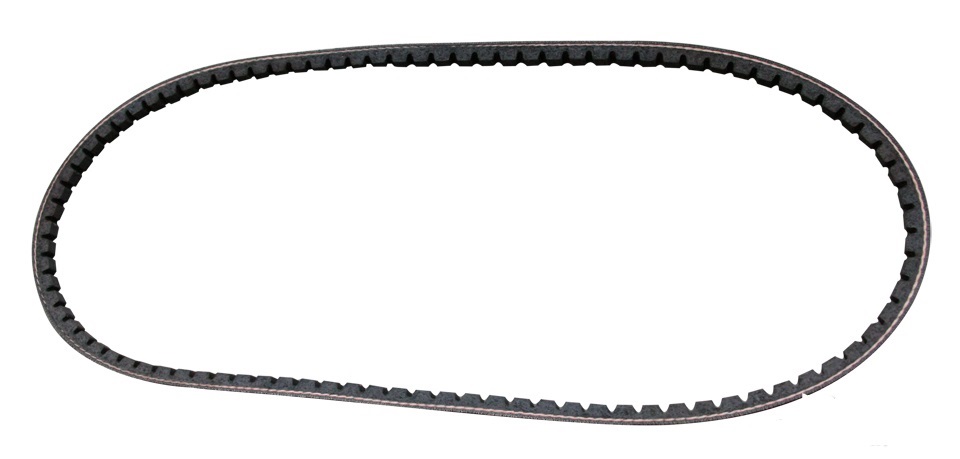
Click your model to see the fan belts on the website:
There are quite a few warning signs that you need to change your spark plugs even before going on a road trip; from being hard to start, misfiring, rough idle and poor fuel economy, but sometimes they do fail unexpectedly, highly unlikely all at once, but a spare set is cheap and doesn’t take up much room so these make the must have list.
Skill Level to replace by yourself: (EASY)

Time to replace: 5-10 minutes
Tool required(s): 21mm Spark plug Spanner (19mm for most long reach plugs in performance heads if fitted).
Cool Air Top Tip: Include a wire brush in your tool box to clean the electrodes as you can usually bring a dirty spark plug back to life in minutes if you don’t have spares. Let the engine cool before removing spark plugs to avoid tight threads which can strip.
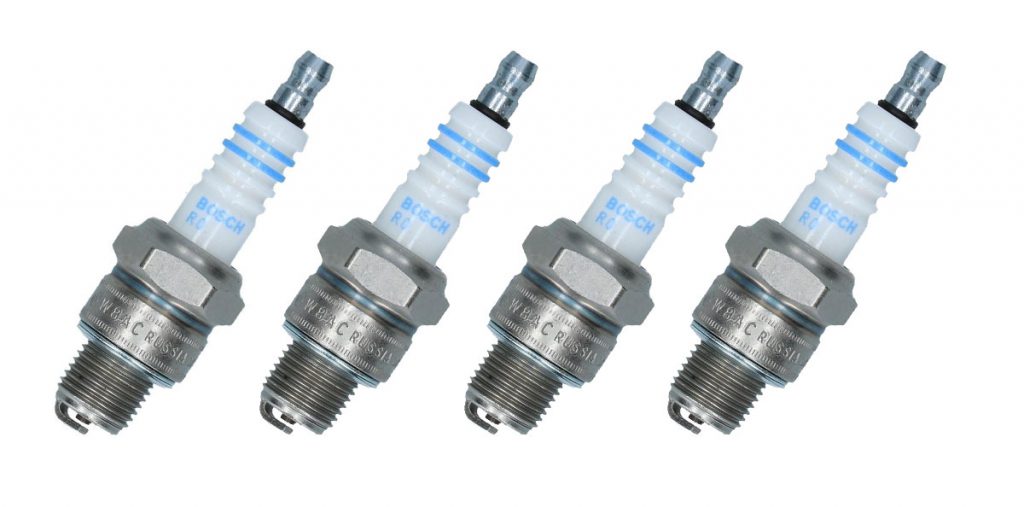
Click your model to see the spark plugs on the website:
HT leads won’t fail completely all at once, but over time they do break down from heat, abrasion and vibration damage which can cause weak spark and shorting out, or no spark at all if the connectors fail.
Skill Level to replace by yourself: (EASY)

Time to replace: 5 minutes
Tool required(s): Just your hands for this one, but do one at a time so you don’t get the firing order mixed up when replacing them.
Cool Air Top Tip: Some HT Leads don’t accept the terminal nuts on top of spark plugs, so keep a set of pliers in your tool box in case for easy removal.
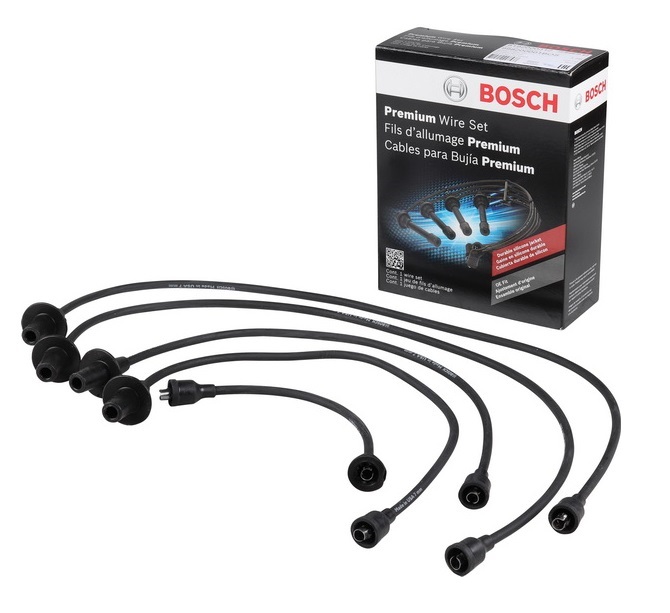
Click your model to see the HT Leads on the website:
Similar to spark plugs, failing coils will cause a rough idle, decrease in power, poor fuel economy, difficulty starting an engine and even misfires, but when a coil fails, it’s not something you can repair so a spare is invaluable part of your spares kit as without one, you’re not going anywhere.
Skill Level to replace by yourself: (EASY)

Time to replace: 5-10 minutes
Tool required(s): Depending on your coil mount fittings, just a screwdriver or small adjustable spanner or ideally a socket to loosen the screws on the bracket.
Cool Air Top Tip: Disconnect the battery before replacing the coil!
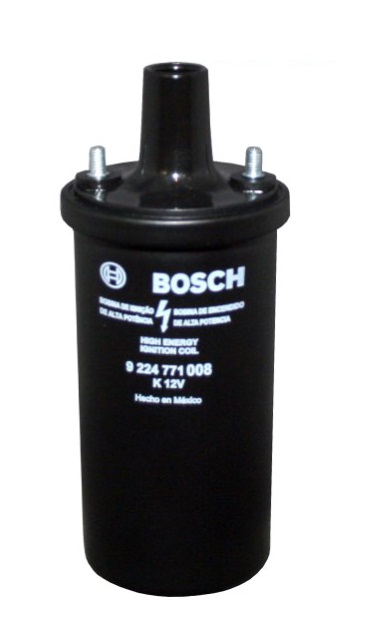
Click your model to see the coils on the website:
Not all classic VW model have points and condensor fitted, for example if you have upgraded to electronic ignition or have a later model with a hall sender, but they are an absolute essential to have as spares as they can fail without any warning at all and no points or condensers mean no spark and no spark means no go, you’ll be stranded.
Skill Level to replace by yourself: (NOT HARD) but fiddly by torchlight at the side of the road)

Time to replace: 10-20 minutes
Tool required(s): You’ll need a flat blade screwdriver and a set of feeler gauges to gap the points, the condenser will be either flat blade or philips depending on screw used to retain the bracket.
Cool Air Top Tip: Standard points gap is 0.4mm or 0.016”

Click your model to see the points and condensors on the website:
Another essential part of your electrical ignition system which can fail over time. They’re exposed to heat and vibration and if damaged or faulty they’re not something you can really bodge at the side of the road especially if they’re cracked or split, so a replacement is a must and they’re inexpensive so well worth going in the spares kit.
Skill Level to replace by yourself: (EASY)

Time to replace: Less than 5 minutes
Tool required(s): Just your hands for these, but a screwdriver can help lever off the distributor cap clips.
Cool Air Top Tip: Over time carbon can build up (called carbon tracking where the spark jumps) on the contact points of both of these, keep a small ball of wire wool in your tool box to remove the carbon deposits off to clean the contact area, this can rejuvenate both items to prolong their life.
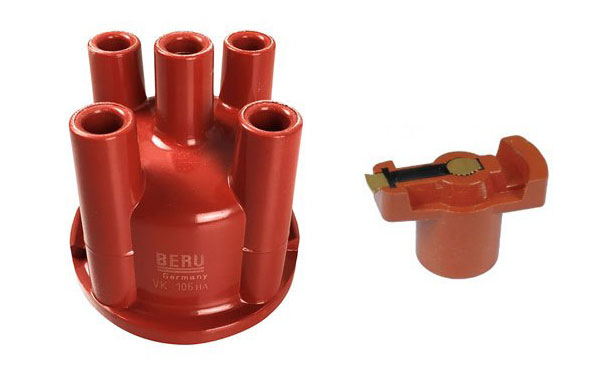
Click your model to see the rotor arms and distributor caps on the website:
Twang! Urgh…
When your right foot hits the floor and nothing happens…All you feel is a little resistance from the return spring, you know straight away the cable has snapped.
Skill Level to replace by yourself: (NOT HARD, but patience is required)

Time to replace: If it threads first time, 20 minutes, if not just keep poking it, it wiil eventually… hopefully… how long is a piece of string?
Tool required(s): For the pedal end you’ll need to unhook the cable from the side of the pedal, pliers can be handy here, for the carburettor end a screwdriver to disconnect the old cable from the cable nipple or barrel clamp.
Cool Air Top Tip: Be patient and slow threading the cable from front to back, it can get caught especially when going through the conduit, just take your time, also if you have a nice clean carpet and kick panels remove them as the cables will be greasy and get absolutely everywhere when you’re pulling them out.
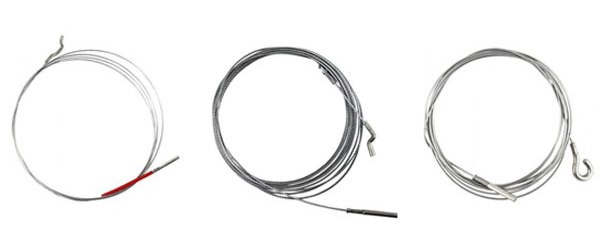
Click your model to see the accelerator cables on the website:
Twang! Stamp, Stamp… Gulp… Urgh…
When clutch cables go, it tends to be a bit noisier than the accelerator cable as they are usually under a fair bit of tension and load, you know when they do.
Skill Level to replace by yourself:

(SPANNERING REQUIRED and lots of patience) While not technically difficult to change on a Beetle for example, it’s a bit more involved as you will need to remove the pedal assembly to get to the hook end of the cable in the centre tunnel. This will involve crawling under the vehicle to undo the wing nut and possibly rethread the cable through the conduit. As with the accelerator cable, an extra pair of hands makes it much easier if possible.
Time to replace: If it threads first time and all goes well, 30 minutes
Tool required(s): For the pedal end you’ll need to remove the pedal assembly, so 17mm socket, pliers for the clips, for the carburettor end a screwdriver to disconnect the old cable from the cable nipple or barrel clamp.
Cool Air Top Tip: As with the accelerator cable take your time when threading the cable as they angle quite sharply up when going through the conduit at the rear, it can sometimes be easier to remove the conduit and slide it over the cable from the rear before attaching to the cable conduit bracket.
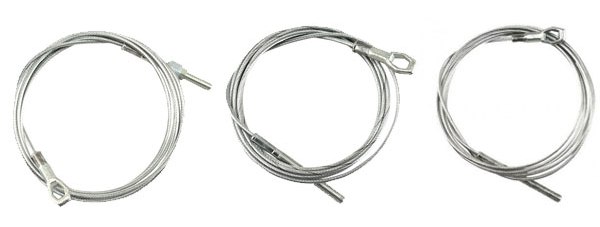
Click your model to see the clutch cables on the website:
You may even have a few spare bulbs and a couple of odd fuses at the bottom of your glovebox, but now’s the time to sort out a decent kit as they’re inexpensive and if you have to be trailered home because of a 30p fuse you’ll never forgive yourself.
Essential if going on a Euro road trip (remember them?), hopefully next year will see the simpler times returning with easy passage to and from our favourite Euro VW shows, destinations and camp grounds.
Skill Level to replace by yourself: (EASY)

Time to replace: No more than a few minutes per bulb usually and the fuses are a push fit.
Tool required(s): Just a screwdriver to remove the rims, lenses and grills depending on the model.
Cool Air Top Tip: Don’t touch Halogen or H4 bulbs with your bare fingers as the residue from your skin can heat up the bulb unevenly and cause the bulb to fail prematurely, always hold by the connectors.
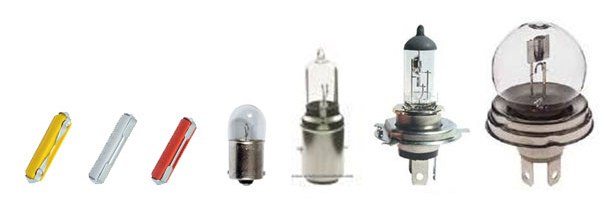
Click your model to see the bulbs and fuses on the website:
Having had to replace a fuel pump on the side of the road, these are always now in our spares boxes along with a couple metres of hose, the correct clips (not jubilee!) and a spare filter. As with fuses, if a £2 fuel filter halts your holiday, you’ll be kicking yourself for weeks. Just ask Rich about France and the 50p filter incident, he will go Grrrrr, so ask from a distance…
Skill Level to replace by yourself: (EASY)

Time to replace: Fuel pump is simple to replace, hoses and filters are just clips
Tool required(s): 13mm spanner or socket for the fuel pump nuts, screwdriver for the hose clips and if you have them, hose clamp pliers to clamp the fuel hose.
Cool Air Top Tip: Make sure the spare fuel pump in your spares box is the same as the one fitted to the vehicle, as there are 2 types on a Type 1 engine. The fuel pump needs to match the fuel pump rod; if it’s too short it will not pump enough pressure, if it’s too long it will break the pump if too long.
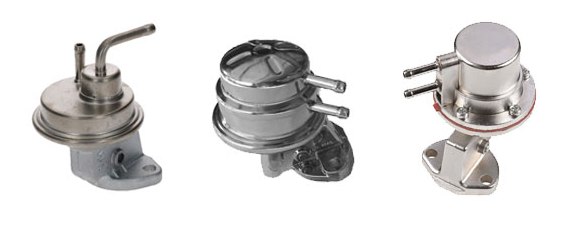
Click your model to see the fuel pumps on the website:
Worth their weight in gold, having a quality workshop manual with you can get you out of a sticky situation and make a job you’re dubious of taking on in a breakdown situation a lot easier than you thought by following the steps carefully (always make sure you’ve got the right tools to complete the job before you start). Also invaluable to have at home/in your garage, every owner should have one as working on your own car is what makes owning a VDub so enjoyable. It gives you a massive sense of achievement tackling a job and completing it yourself. Of course if you’re an amateur, some jobs with specific tools and high skill required are best left to the specialists, but we always encourage every owner to work on their own cars, be one with your VDub, it will make ownership much more fulfilling.
Skill Level to replace by yourself: (EASY, just kick back and have a read)

Tool required(s): Tea or Coffee, Beer, cocktail, whatever you like.
Cool Air Top Tip: Don’t be afraid of taking on a job you’ve not done before. There are so many resources these days to learn. Watch videos online, read blogs, join an internet VW group or a local VW club. Use the internet and your manual together to watch and review the steps involved on a job, the tools required and the time it should take, and of course best thing if you’re not sure, rewind and watch it again until you feel confident you can do it.

Click your model to see the workshop manuals on the website:
Disclaimer: all stated times to replace parts are not guaranteed purely depending on what “mood” your VW is in and it’s level of compliance that particular day…